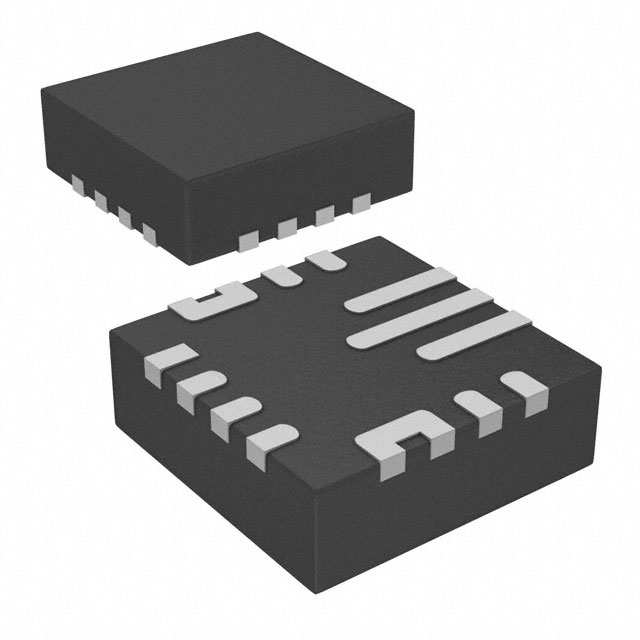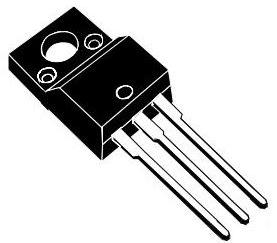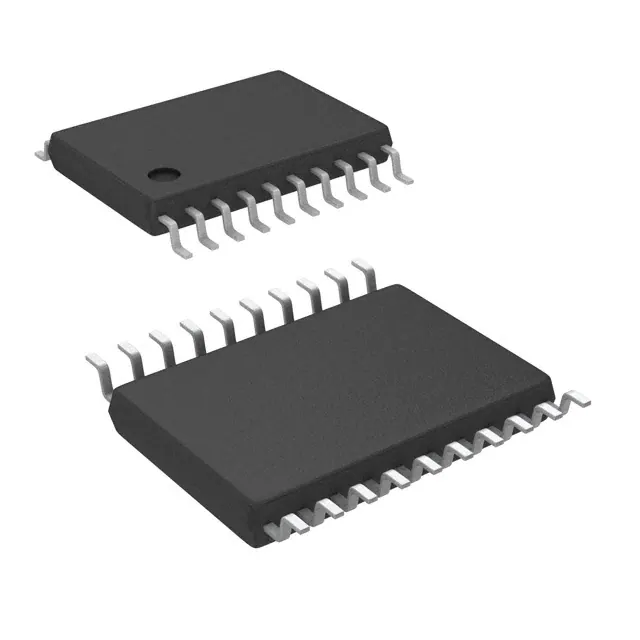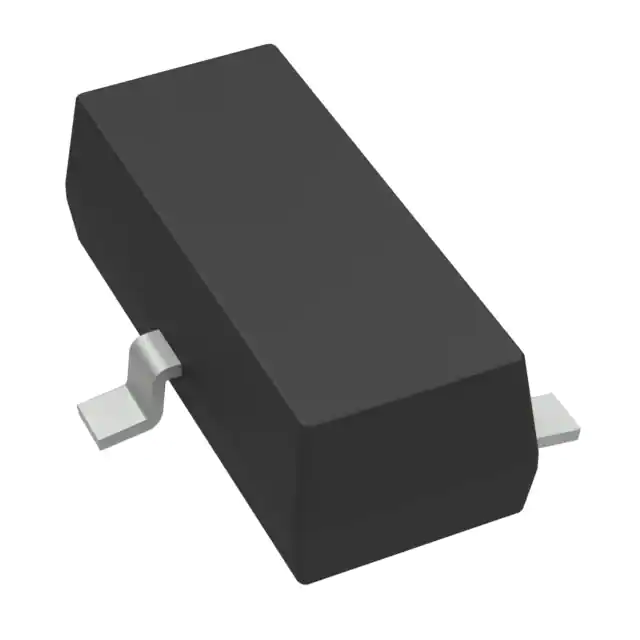New Original Integrated Circuit TPS63070RNMR
Product Attributes
|
TYPE |
DESCRIPTION |
|
Category |
Integrated Circuits (ICs) PMIC - Voltage Regulators - DC DC Switching Regulators |
|
Mfr |
Texas Instruments |
|
Series |
- |
|
Package |
Tape & Reel (TR) Cut Tape (CT) Digi-Reel® |
|
Product Status |
Active |
|
Function |
Step-Up/Step-Down |
|
Output Configuration |
Positive |
|
Topology |
Buck-Boost |
|
Output Type |
Adjustable |
|
Number of Outputs |
1 |
|
Voltage - Input (Min) |
2V |
|
Voltage - Input (Max) |
16V |
|
Voltage - Output (Min/Fixed) |
2.5V |
|
Voltage - Output (Max) |
9V |
|
Current - Output |
3.6A (Switch) |
|
Frequency - Switching |
2.4MHz |
|
Synchronous Rectifier |
Yes |
|
Operating Temperature |
-40°C ~ 125°C (TJ) |
|
Mounting Type |
Surface Mount |
|
Package / Case |
15-PowerVFQFN |
|
Supplier Device Package |
15-VQFN-HR (3x2.5) |
|
Base Product Number |
TPS63070 |
|
SPQ |
3000/pcs |
Introduction
A switching regulator (DC-DC converter) is a regulator (stabilized power supply). A switching regulator can convert input direct current (DC) voltage to the desired direct current (DC) voltage.
In an electronic or other device, a switching regulator takes the role of converting the voltage from a battery or other power source to the voltages required by subsequent systems.
As the illustration below shows, a switching regulator can create an output voltage (VOUT) that is higher (step-up, boost), lower (step-down, buck) or has a polarity different than that of the input voltage (VIN)
Switching regulator characteristics
The following provides a description of non-isolated switching regulator characteristics.
High efficiency
By turning a switching element ON and OFF, a switching regulator enables high-efficiency electricity conversion as it supplies the required amount of electricity only when needed.
A linear regulator is another type of regulator (stabilized power supply), but because it dissipates any surplus as heat in the voltage conversion process between VIN and VOUT, it is not nearly as efficient as a switching regulator.
A linear regulator is another type of regulator (stabilized power supply), but because it dissipates any surplus as heat in the voltage conversion process between VIN and VOUT, it is not nearly as efficient as a switching regulator.
Noise
The switching element ON/OFF operations in a switching regulator cause sudden changes in voltage and current, and parasitic components that generate ringing, all of which introduce noise in the output voltage.
Using an appropriate board layout is effective in mitigating noise. For instance, optimizing the placement of capacitor and inductor and/or wiring. For more information on the mechanism of how noise (ringing) is generated and how it is controlled, refer to the Application Note “Step-Down Switching Regulator Noise Countermeasures.”













